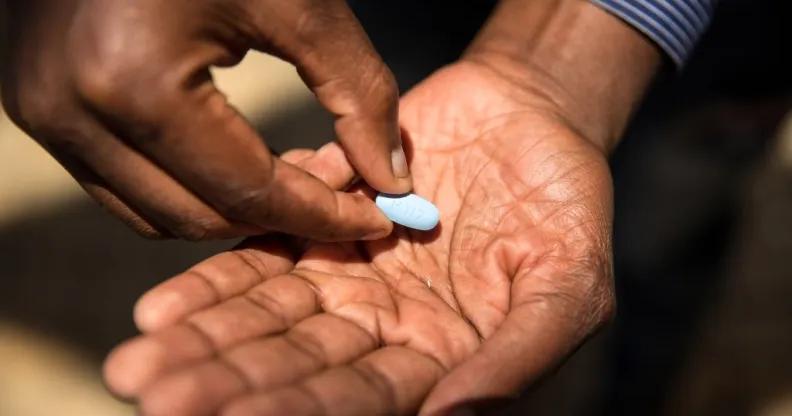New HIV diagnoses reach 18-year low in Australia

Daniel Born/The Times/Gallo Images/Getty
New HIV diagnoses have hit an 18-year low in Australia, according to new research released today (July 3).
There has been a 30 percent drop in HIV diagnoses among gay and bisexual men in the last five years, with experts attributing the shift to the availability of pre-exposure prophylaxis (PrEP).
When taken every day, PrEP reduces the risk of contracting HIV by up to 99 percent.
2018 saw the lowest number of new HIV diagnoses since 2001
The research—which was released by the Kirby Institute at the University of New South Wales—revealed that there has been an overall decrease of 23 percent in the last five years in new HIV diagnoses.
There were 835 people diagnosed in 2018 in Australia, which is the lowest figure recorded since 2001.
“The reduction is very encouraging,” said Professor Rebecca Guy, head of the Kirby Institute’s Surveillance, Evaluation and Research Program.
“Although we’ve seen reductions in recent years in some Australian states, in 2018 we saw significant reductions at a national level.
“Although we’ve seen reductions in recent years in some Australian states, in 2018 we saw significant reductions at a national level.”
– Professor Rebecca Guy
“The decline in HIV diagnoses is a result of the incredible commitment from government, healthcare, community and research sectors to eliminate HIV transmission in Australia,” continued Professor Guy.
“As a result of these partnerships, more people are being tested for HIV than ever, people living with HIV are starting treatment earlier, and we’re seeing a very promising uptake of pre-exposure prophylaxis (PrEP) among gay and bisexual men. The combination of all these strategies has led to these reductions.”
More work to be done to reduce HIV diagnoses among indigenous Australians
A PrEP monitoring report released by the Kirby Institute found that 18,530 were taking the drug. Professor Andrew Grulich, head of the HIV Epidemiology and Prevention Program at the Kirby Institute, welcomed the increased numbers of gay and bisexual men on PrEP.
“Many gay and bisexual men have embraced PrEP as a way to protect themselves and their community from HIV,” Professor Grulich said. “However, for declines to continue at this impressive rate, PrEP coverage needs to be significantly higher.”
Researchers said that there had been no decline in diagnoses among heterosexual and Indigenous Australians.
Associate Professor James Ward, who leads Aboriginal Health at the South Australian Institute for Health and Medical Research, said more needs to be done to reduce new diagnoses in this population.
“We need targeted, culturally appropriate, community focussed campaigns to increase testing and treatment and PrEP and we need to focus on increasing awareness, both within the community and among healthcare providers.”

